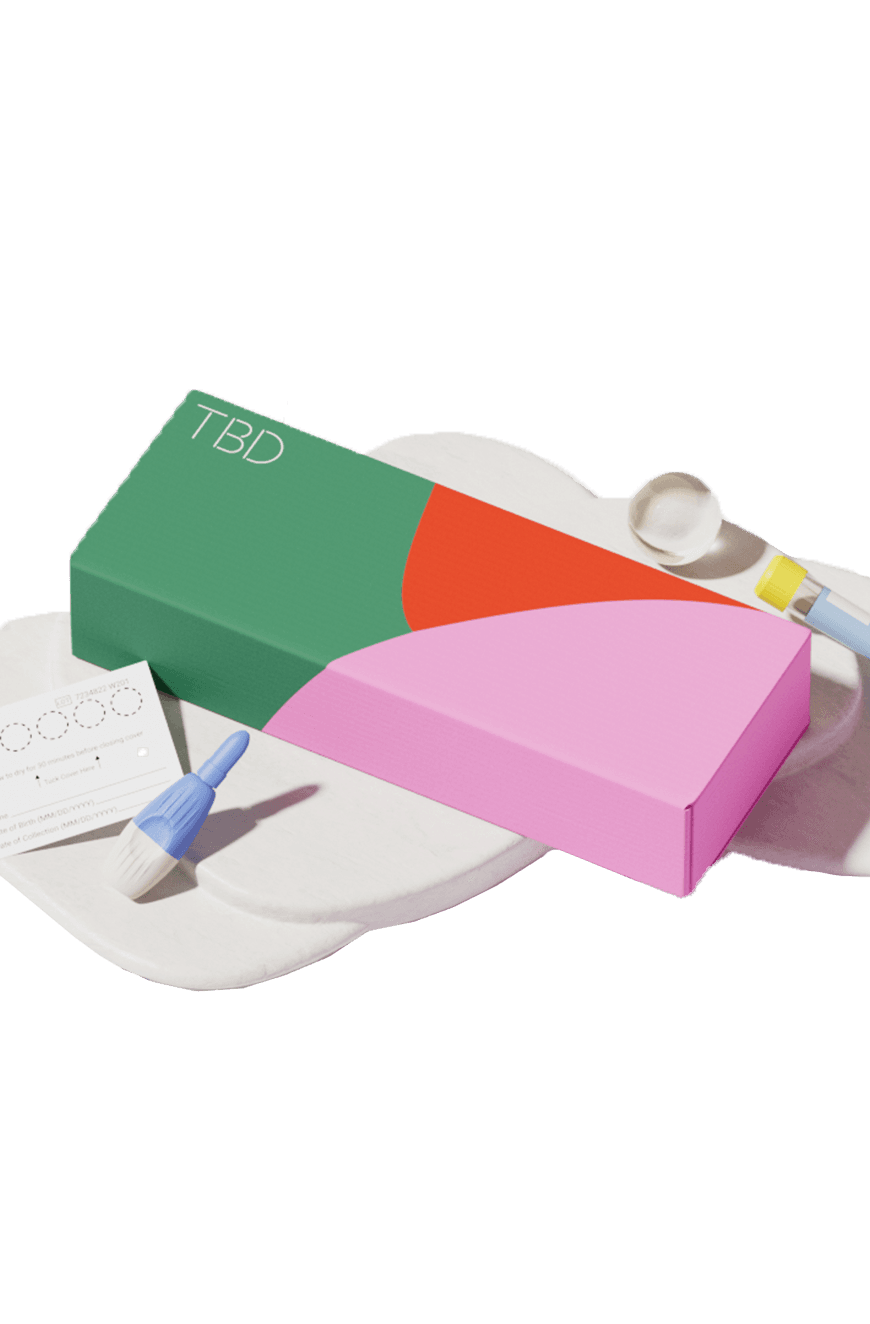| TBD Panels | 3-Panel STD Test | 9-Panel STD Test | 5-Panel STD Test | 3 Site: Oral, Rectal, Genital |
|---|---|---|---|---|
| Chlamydia |  |  |  |  |
| Gonorrhea |  |  |  |  |
| Trichomoniasis |  |  |  | |
| HIV (Ag/Ab) |  |  | ||
| Syphilis |  |  | ||
| Hepatitis B & C |  | |||
| HSV I |  | |||
| HSV II |  |

- 8 E Charleston Blvd
- Las Vegas, NV 89104
- Tues and Fri
- 10 AM – 2PM
- Contact us:
- +1 (702) 909-0554
- hello@tbd.health

| TBD Panels | 3-Panel STD Test | 9-Panel STD Test | 5-Panel STD Test | 3 Site: Oral, Rectal, Genital |
|---|---|---|---|---|
| Chlamydia |  |  |  |  |
| Gonorrhea |  |  |  |  |
| Trichomoniasis |  |  |  | |
| HIV (Ag/Ab) |  |  | ||
| Syphilis |  |  | ||
| Hepatitis B & C |  | |||
| HSV I |  | |||
| HSV II |  |

Let's talk about bacterial vaginosis (BV), a VERY common vaginal infection caused by an imbalance of bacteria in the vagina which most people with vaginas will develope at some point in their lifetime. While it is normally completely harmless, it can cause to discomfort, itchiness, and irritation. So let's explore the different antibiotics commonly used to treat BV, the symptoms, and how to prevent BV
Understanding Bacterial Vaginosis:
Bacterial vaginosis occurs when there is an overgrowth of harmful bacteria, such as Gardnerella vaginalis, in the vagina. This disruption in the natural balance of bacteria can be caused by factors like douching, multiple sexual partners, or hormonal changes. Common symptoms of BV include a thin, grayish-white discharge with a fishy odor, itching, and irritation.
TBD Recommends: At-Home Bacterial Vaginosis Testing Kit
Treatment Options:
When it comes to treating BV, antibiotics are typically prescribed to eliminate the harmful bacteria and restore the natural balance in the vagina. The most commonly prescribed antibiotics for BV include:
1. Metronidazole (Flagyl): Metronidazole is an antibiotic that is highly effective in treating BV. It can be taken orally in pill form or applied as a gel directly into the vagina. This medication works by killing the harmful bacteria causing the infection. It is important to follow the full course of treatment as prescribed by your healthcare provider, even if symptoms improve before completing the medication. You cannot consume alcohol while taking this medication.
2. Clindamycin (Cleocin): Clindamycin is another antibiotic commonly used to treat BV. It is available in oral and vaginal forms. Like metronidazole, clindamycin works by inhibiting the growth of harmful bacteria. It is crucial to complete the full course of treatment to ensure the infection is fully eradicated.
Preventing Bacterial Vaginosis:
While there is no foolproof way to prevent BV, there are steps you can take to reduce your risk. Here are some preventive measures to consider:
1. Practice safe sex: Using condoms consistently and correctly with all partners can help minimize the risk of BV.
2. Avoid douching: Douching disrupts the natural balance of bacteria in the vagina and can increase the risk of BV. It is best to avoid douching altogether.
3. Maintain good hygiene: Keeping the vaginal area clean and dry can help prevent BV. However, it is important to note that excessive washing or using harsh soaps can also disrupt the natural balance, so gentle hygiene practices are key.
Learn More: How to Prevent Bacterial Vaginosis
Bacterial vaginosis is a common condition, but that doesn't make it any less uncomfortable. So if you suspect you have BV, do not hesitate to get tested at TBD Healthcare Clinic to receive the proper care and treatment you need!
Email us and a team member will get back to you within 24 hours. We’re also available via call or text at +1 (702) 909-0554
Sign up below to get 10% off
By providing my email address, I agree to receive email with marketing communications from TBD Health including news, promotions and exclusive offers. I understand that I can opt out at any time by using unsubscribe links. Visit our Terms of Service or Privacy Policy for more information.






